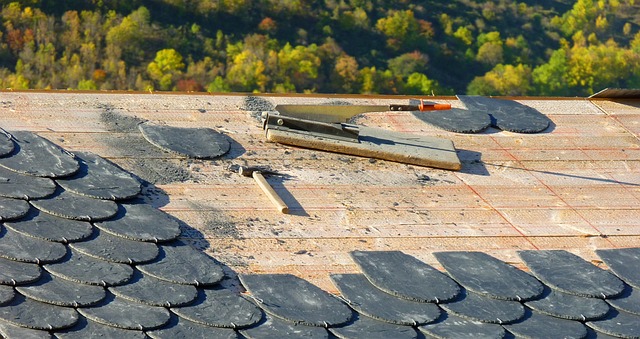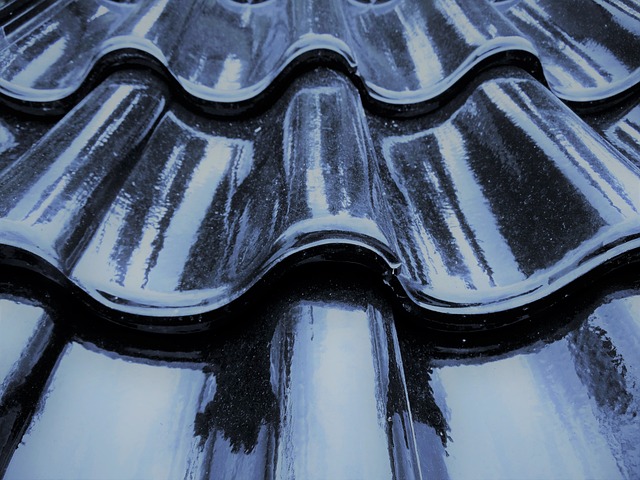Roof flashing, a critical component in Austin roof repair, prevents water damage by sealing junctions where roofs meet walls, chimneys, or vents. Poor installation and maintenance lead to infiltration, wood rot, mold, and structural damage. Regularly inspecting, cleaning, and sealing flashing, along with clearing debris from the roof line, are essential tasks for Austin homeowners to maintain their roof integrity and avoid costly repairs.
“In the world of Austin roof repair, understanding roof flashing is crucial for preventing water infiltration. This vital component forms a barrier between your roof and the elements, but it’s not immune to wear and tear. Common issues can lead to costly damage if left unaddressed. This article equips homeowners with knowledge on fixing and replacing roof flashing, along with maintenance tips tailored for Austin’s unique climate. By implementing these strategies, folks can ensure their homes remain protected from the relentless Texas hustle and bustle.”
- Understanding Roof Flashing and Its Role in Water Prevention
- Common Issues with Austin Roof Repair and Flashing
- Step-by-Step Guide to Fixing and Replacing Roof Flashing
- Maintenance Tips to Prevent Future Water Infiltration
Understanding Roof Flashing and Its Role in Water Prevention

Roof flashing is a critical component in the overall water prevention strategy for any building, and it plays a pivotal role in protecting your home from potential damage caused by water infiltration. In simple terms, roof flashing is a thin layer of waterproof material that is installed along the joints and edges of your roof where it meets other surfaces, such as walls, chimneys, or vents. Its primary function is to seal these intersections, ensuring that rainwater cannot find its way into the building’s structure.
For Austin roof repair professionals, understanding the importance of flashing is paramount. Flashing acts as a crucial barrier, preventing water from seeping into tiny cracks and gaps that might be present around fixtures and openings. By effectively sealing these areas, it helps maintain the integrity of the roof and prevents costly repairs due to water damage further down the line. With proper installation and regular maintenance, flashing can significantly extend the lifespan of your roof, making it an essential aspect of any austin roof repair and maintenance program.
Common Issues with Austin Roof Repair and Flashing

Roof flashing, a crucial component in Austin roof repair, often suffers from several common issues that can lead to water infiltration and damage. One of the primary problems is poor installation or sealing, which occurs when flashing isn’t properly attached to the roof deck or overlaps other materials. This leaves gaps through which moisture can enter, causing wood rot, mold growth, and structural weakness over time.
Another frequent issue is flashing that’s not adequately sealed at joints and corners. These areas are particularly vulnerable to leaks as they’re often subject to greater movement and stress from weather changes and building settling. Inadequate maintenance or a lack of inspection can exacerbate these problems, leading to costly repairs and potential health hazards due to water damage and mold growth.
Step-by-Step Guide to Fixing and Replacing Roof Flashing

Fixing and replacing roof flashing is a crucial task for any homeowner, especially in Austin’s unpredictable climate. Here’s a straightforward guide to help you tackle this project:
1. Remove the Old Flashing: Start by stripping away the damaged or old flashing along the joints and valleys of your roof. Use a utility knife to carefully cut and remove the existing material, ensuring you take note of its placement for reference. This step is particularly important in Austin roof repair, where water infiltration can cause significant damage.
2. Clean the Area: Before installing new flashing, thoroughly clean the roof joints and edges. Remove any debris, dirt, or old sealant with a wire brush or pressure washer. A clean surface ensures better adhesion for your new flashing, preventing future water leaks in Austin’s humid environment.
Maintenance Tips to Prevent Future Water Infiltration

Regular maintenance is key in preventing future water infiltration issues. One of the critical aspects of maintaining your roof and flashing is ensuring all joints and seams are sealed properly. Over time, these areas can become loose or damaged, allowing water to seep into your home. An austin roof repair expert recommends inspecting your flashing at least once a year and re-sealing any gaps with high-quality silicone caulk.
Additionally, keeping the area around your roof clear of debris is essential. Fallen leaves, branches, and other buildup can obstruct drainage systems, leading to water accumulation and potential damage. Regular cleaning and trimming near the roof line will help maintain proper water flow and reduce the risk of infiltration.
In conclusion, proper roof flashing installation and maintenance are essential components of Austin roof repair, preventing water infiltration and prolonging your home’s lifespan. By understanding the role of flashing, identifying common issues, and implementing a step-by-step fix and maintenance plan, you can ensure a dry, secure home environment for years to come. These simple yet effective measures make safeguarding your Austin property from leaks an achievable goal.
